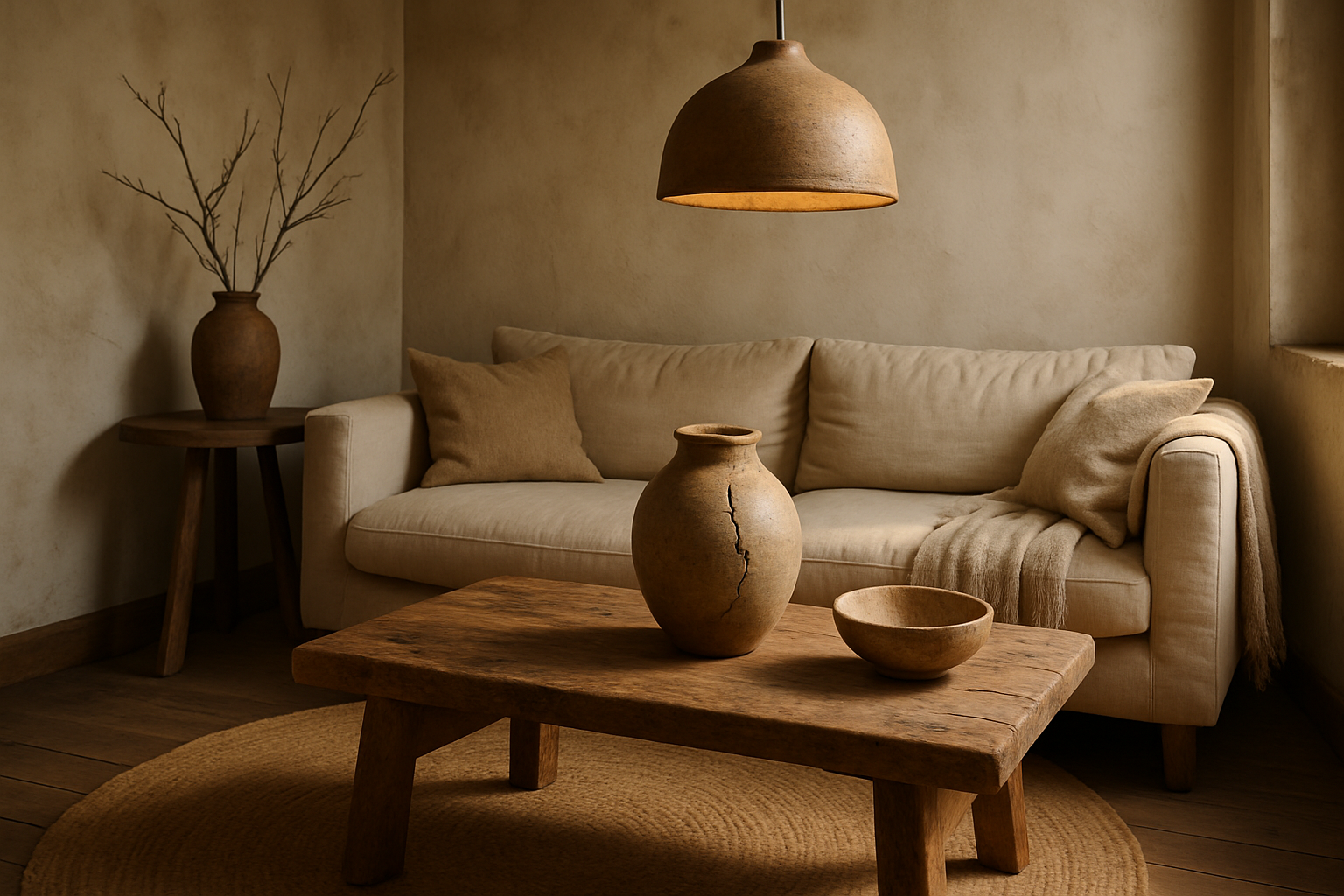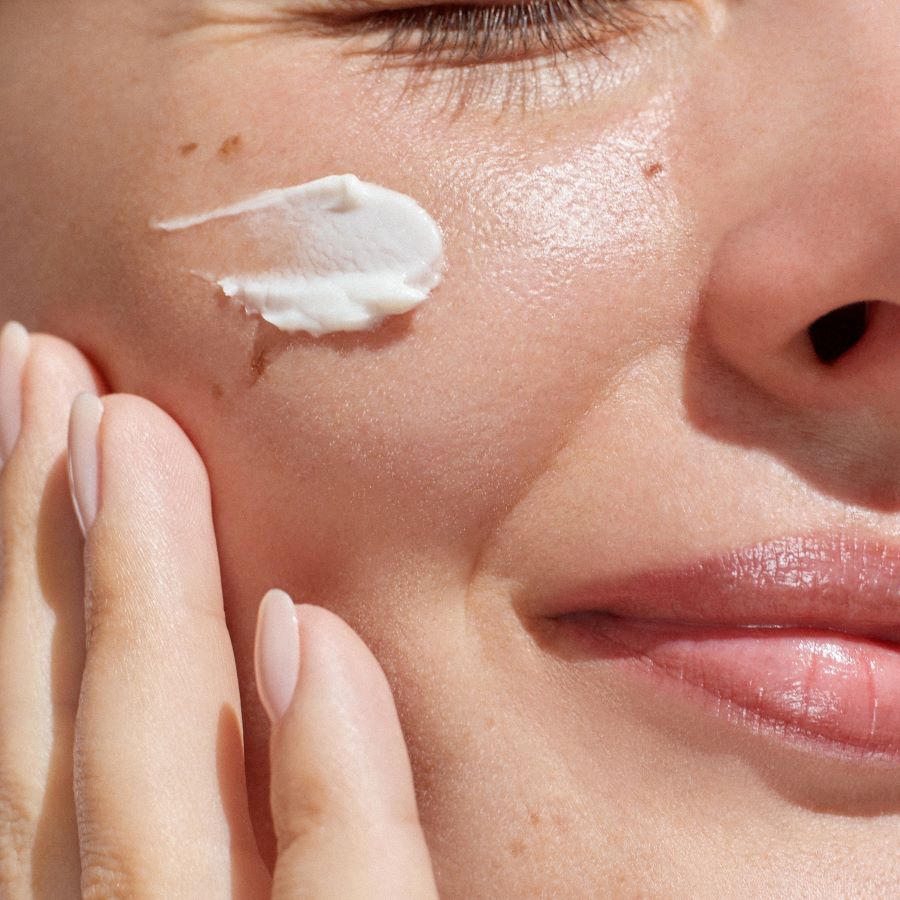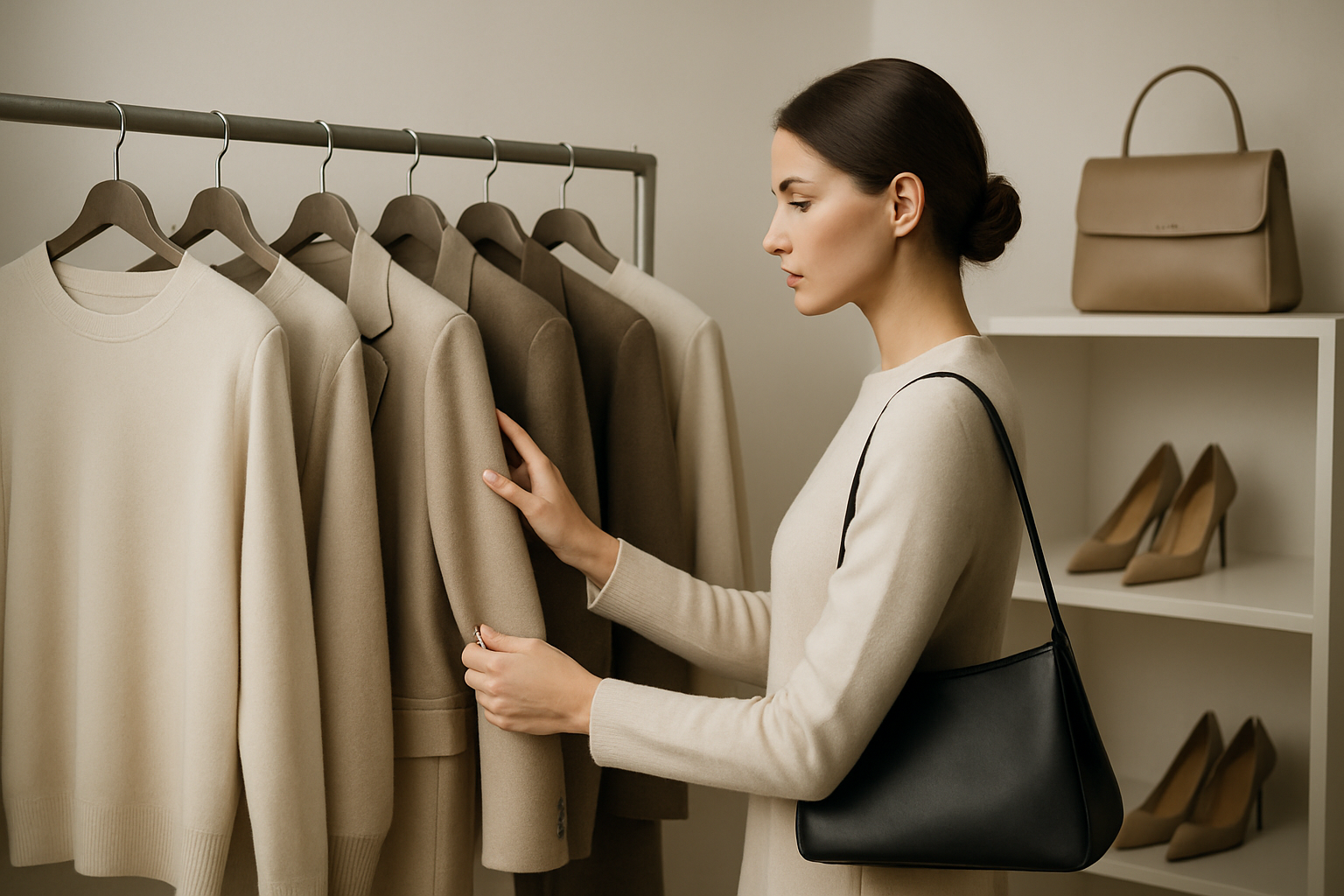Sartorial Soundscapes: Fashion's Auditory Revolution
In the ever-evolving world of fashion, a new trend is making waves – and it's not just about what you see, but what you hear. Sartorial soundscapes are revolutionizing the way we experience and interact with clothing, merging the realms of fashion and audio technology. This innovative approach is changing how designers create, how consumers shop, and how we all perceive style in our daily lives.

The Genesis of Audio-Enhanced Fashion
The roots of sartorial soundscapes can be traced back to the early 2000s when wearable technology first gained traction. However, it wasn’t until recent advancements in miniaturization and smart fabrics that the true potential of audio-integrated fashion began to unfold. Pioneering designers started experimenting with conductive threads and embedded speakers, creating garments that could literally ‘speak’ to the wearer and those around them.
From Runway to Retail: The Spread of Sonic Style
What began as avant-garde runway experiments has now permeated mainstream fashion. Major brands are incorporating audio elements into their collections, from jackets with built-in speakers to shoes that generate custom sounds with each step. This trend has also transformed retail spaces, with stores using carefully curated soundscapes to enhance the shopping experience and create immersive brand environments.
The Psychology of Sound in Fashion
The integration of sound in fashion taps into the powerful psychological effects of audio on human behavior and perception. Studies have shown that specific sounds can influence mood, decision-making, and even perception of quality. Fashion brands are leveraging this knowledge to create more engaging and memorable experiences for consumers, using sound to reinforce brand identity and influence purchasing decisions.
Technological Innovations Driving the Trend
The rise of sartorial soundscapes has been fueled by rapid advancements in audio technology. Miniaturized speakers, bone conduction technology, and smart fabrics capable of generating or conducting sound have opened up new possibilities for designers. Additionally, developments in spatial audio and 3D sound have allowed for the creation of more immersive and personalized audio experiences in retail environments.
The Impact on Consumer Behavior
The introduction of audio elements in fashion has significantly altered consumer behavior and expectations. Shoppers are now seeking multi-sensory experiences, with sound playing a crucial role in their perception of products and brands. This shift has led to changes in marketing strategies, with brands focusing on creating holistic sensory experiences that engage customers on multiple levels.
Challenges and Ethical Considerations
While sartorial soundscapes offer exciting possibilities, they also present unique challenges. Issues of privacy, noise pollution, and the potential for sensory overload are concerns that designers and retailers must address. Additionally, there are ethical considerations regarding the use of sound to influence consumer behavior, raising questions about transparency and consent in audio-enhanced retail environments.
Tuning into Fashion: Practical Tips for Embracing Sartorial Soundscapes
• Explore audio-integrated clothing options, starting with accessories like smart earrings or sound-emitting scarves
• When shopping in-store, pay attention to the background music and how it affects your perception of the products
• Consider how different fabrics produce various sounds and incorporate this into your style choices
• Experiment with apps that create personalized soundtracks based on your outfit or mood
• Attend fashion shows or exhibitions that showcase audio-enhanced designs to stay ahead of the trend
As we move forward, sartorial soundscapes are set to become an integral part of the fashion landscape. This fusion of audio and visual elements is not just a passing trend but a fundamental shift in how we experience and interact with clothing. As technology continues to evolve, we can expect even more innovative and immersive experiences that challenge our traditional notions of style and self-expression. The future of fashion is not just about what we see – it’s about what we hear, feel, and experience in a multi-sensory world of style.





